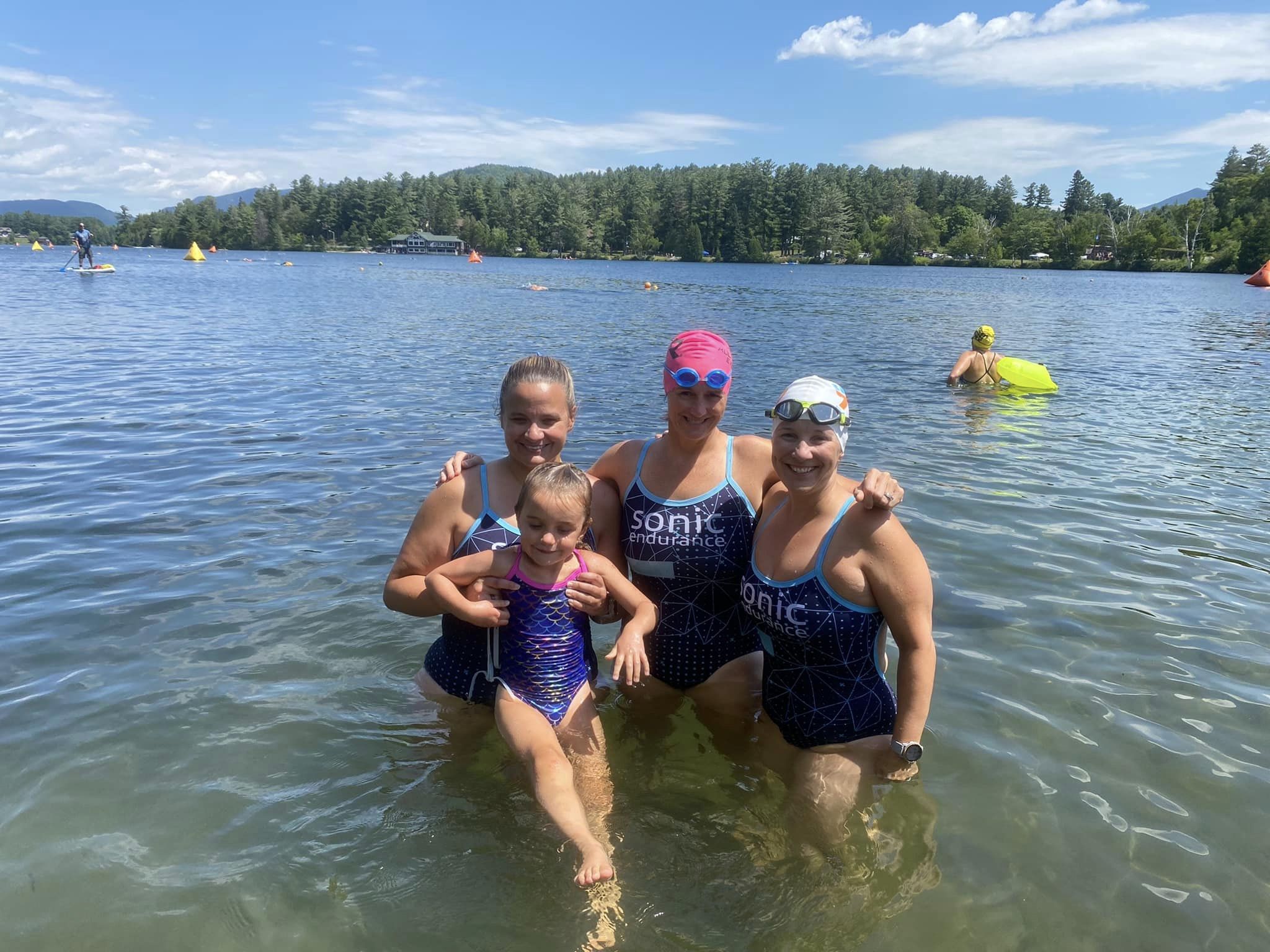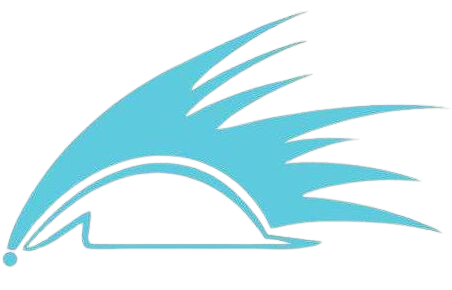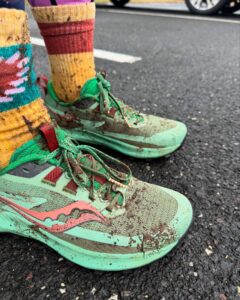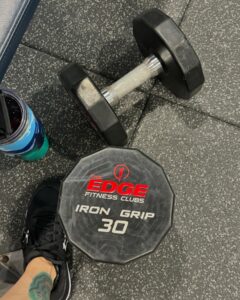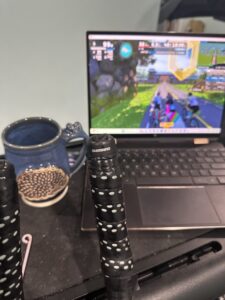Swimming is not a natural thing for humans; we’re built for land sports, not aquatic ones. Even the fastest swimmers in the world are not nearly as efficient in the water as marine life. Consequently, we need to learn how to convert more of our energy in the pool to forward momentum. Most triathletes did not spend large amounts of time in their youth on a swim team. However, spending some time now working on technique can improve your swim efficiency.
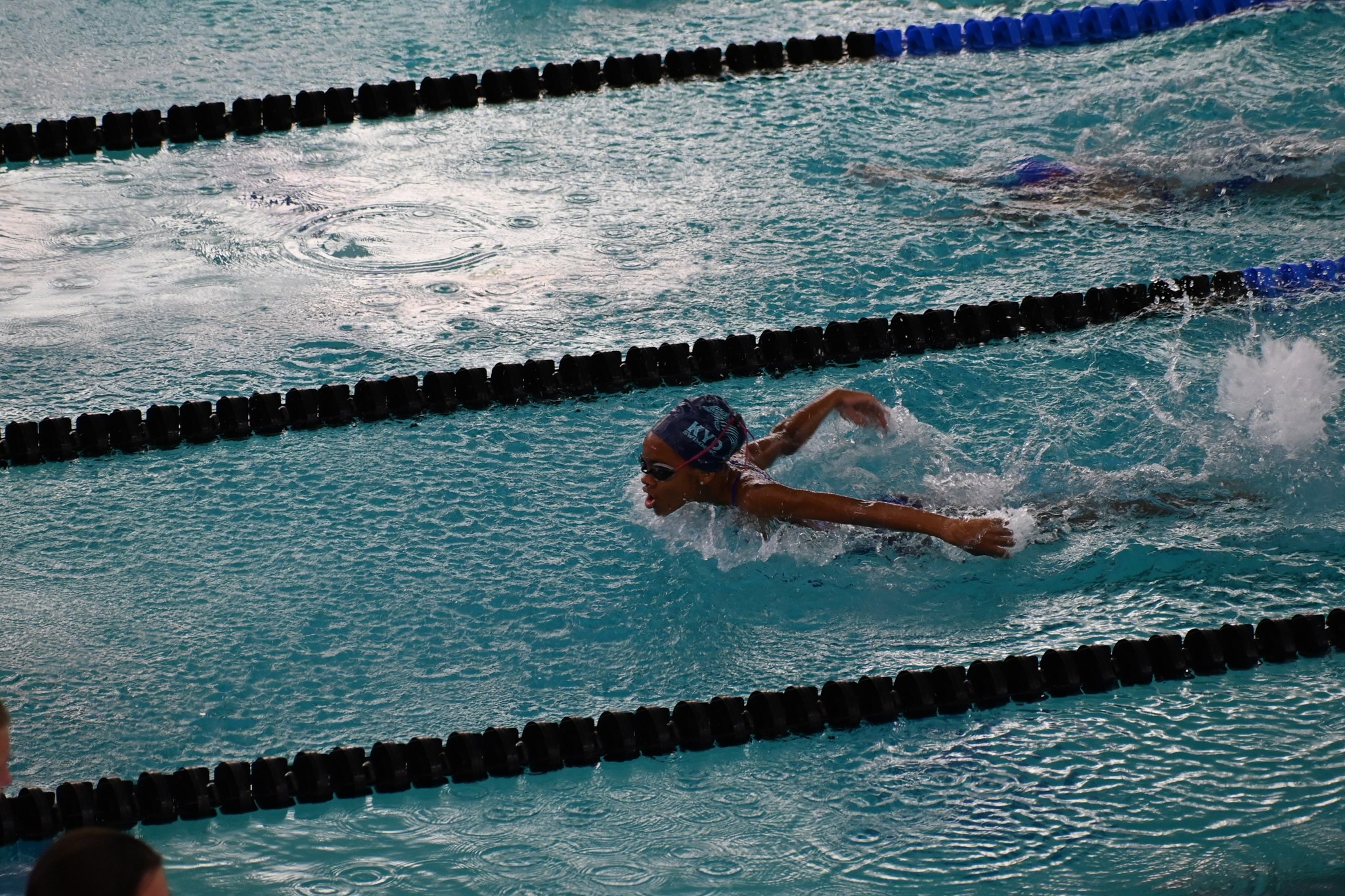
The list of swim skills below is adapted from an article by Sara McLarty, an elite swimmer and pro triathlete, who knows a thing or two about swimming fast. Start at the top and work your way down the ladder only after you have mastered the previous skill. Building a strong foundation of proficiency will give your swimming a big boost.
Floating– Being able to relax on top of the water on your stomach is one of the most overlooked skills for new swimmers. Good body position is the foundation of good swimming. Being tense will not help you swim faster and will increase your rate of fatigue.
Breathing– Exhaling underwater and inhaling when your mouth is above the surface sounds intuitive, but most people instinctively hold their breath underwater and try to exhale and inhale when their head is turned.
Kick– A swimmer’s kick originates from the hip, with a slight knee bend. Your ankle should be relaxed; imagine your leg moving like a dolphin’s tail.
Body Balance– Keep your hips and legs at the surface of the water.
Head Position– Keep your ears between your biceps, look forward slightly.
Bilateral Breathing– For me, this is a bonus skill, especially if a swimmer has a prior injury or mobility restrictions. To progress, make sure your head rotates, not your whole body.
Rotation– Proper torso rotation starts at the hips, and your head stays still.
Centerline– Crossing over your body’s midline is inefficient; make sure your right arm stays on your right side and your left arm stays on your left side.
Finish– Be sure your hand passes your hip before beginning arm recovery.
Arm Recovery– Your arm should be relaxed, with your hand and elbow above the water.
Entry– Fingertips should enter the water first, then wrist/forearm, and elbow last, like you are putting on a coat sleeve.
Reach– Make sure your elbow extends underwater, and your arm is slightly below the water surface.
Catch– Keep your wrist strong as your hand starts to push water behind you.
Pull– Pull with a high elbow, with fingertips pointed towards the bottom of the pool.
Notice that the very last skill on the list is underwater pull with a high elbow. As mentioned above, trying to master a skill without being proficient at the previous ones is a recipe for frustration. Ideally, you should think of improving your swim stroke as a process. Coming back to the pool after a break might mean taking some time to work on one or two skills to re-establish your feel for the water.
Three bonus takeaways:
- If your hips sink, learn to float. Being able to maintain a horizontal body position will make swimming much easier.
- Triathletes do need to kick; it helps balance your stroke.
- Frequency trumps duration: it is better to swim 4 times per week for 30 minutes than twice a week for an hour.
Happy swimming!
